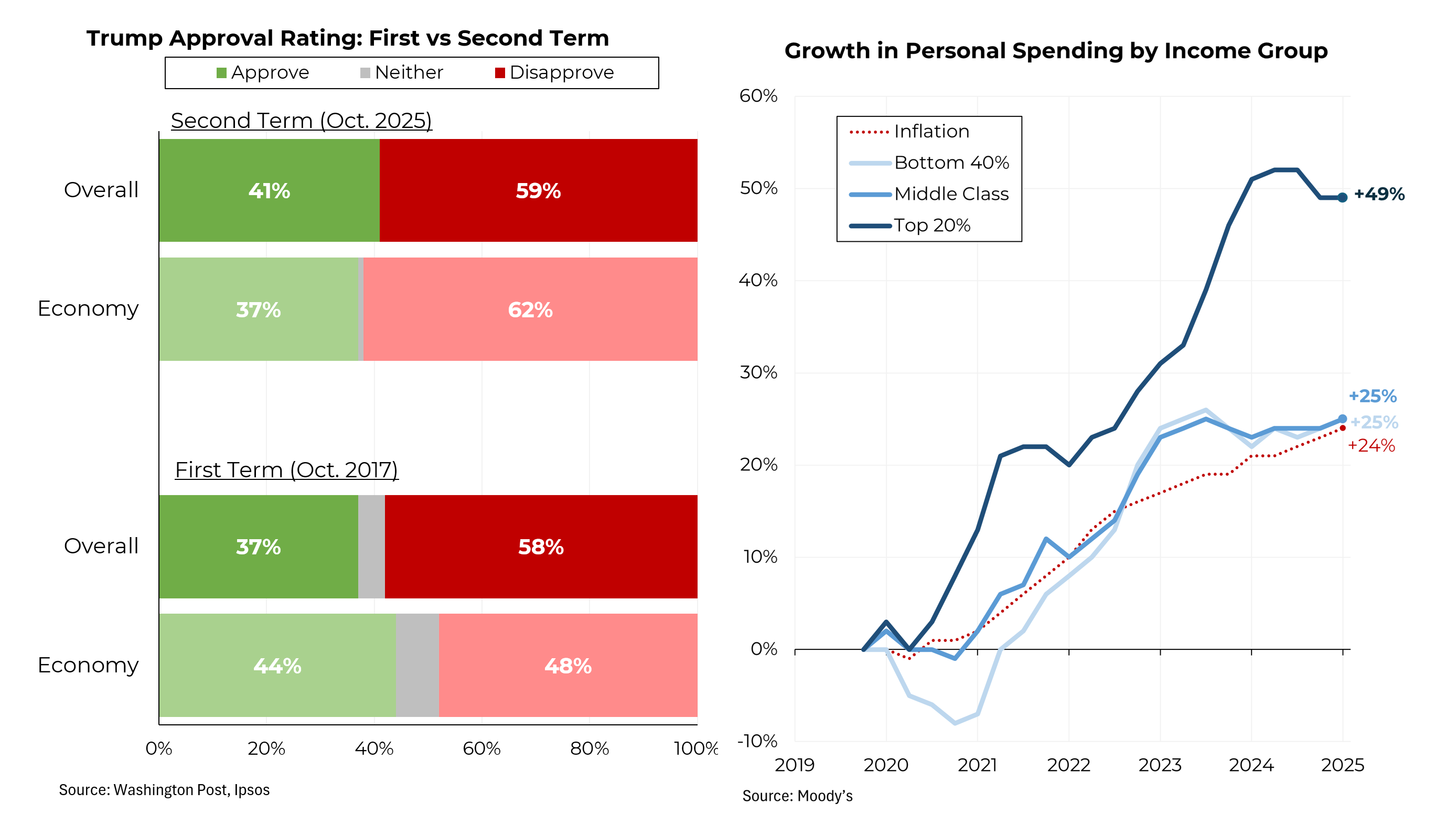On today’s Morning Joe, Steven Rattner discussed the Fed’s first rate hike in nearly a decade — the first of what is likely to be a series of interest rate increases. The Fed cited a recovering economy and concerns about not getting behind the inflation curve as reasons for its actions. This will mean higher rates for borrowers (including homeowners with mortgages) but higher interest income for savers.
This chart shows how low interest rates have been relative to any period in modern history. Back in the 1980s, rates were high to combat inflation. They also moved higher in the early 1990s and again during the dot.com bubble to cool the economy. Most recently, the Fed raised rates as the economy accelerated in the middle of the last decade.
But when the financial crisis hit in 2008, the Fed began cutting rates sharply, ultimately to near zero by December 2008. And there they have sat until yesterday, when the Fed raised its benchmark rate by 1/4%.
The question of when to raise rates has been hotly debated by economists for several years, with conservative experts warning that the Fed was risking more asset bubbles and more inflation by waiting. Indeed, as this chart shows, the Fed waited longer to raise rates during this recovery than it did during any of the three prior recoveries over the past 30+ years. Back in 1982, when Ronald Reagan was president, the recovery was so sharp and inflation still such a worry that the Fed waited less than a year to start raising rates. In the early ‘90s, the Fed waited nearly three years. After the dot-com recession, the Fed waited just a bit less.
But this time, the Fed has waited almost seven years. That’s in large part because, as this chart shows, this recovery has been slower than any of the prior three recoveries.
The big unanswered question, of course, is what will happen next. The Fed signaled clearly that it expects yesterday’s increase to be the first in a series of increases. The dark blue line shows the Fed’s latest projections for interest rates over the next several years — 1.37% by the end of next year, 2.37% by December 2017 and 3.25% at the end of 2018.
However, the Fed has consistently been too optimistic in its economic forecasts and too aggressive in its interest rate forecasts. The lighter blue line shows what the Fed was projecting just six months ago — interest rates that moved higher sooner than it is expecting now.
The financial markets are even more dovish (and have been more correct than the Fed.) The red line shows what the market currently thinks the trajectory will be — interest rates that only reach 1.6% in 2018.








